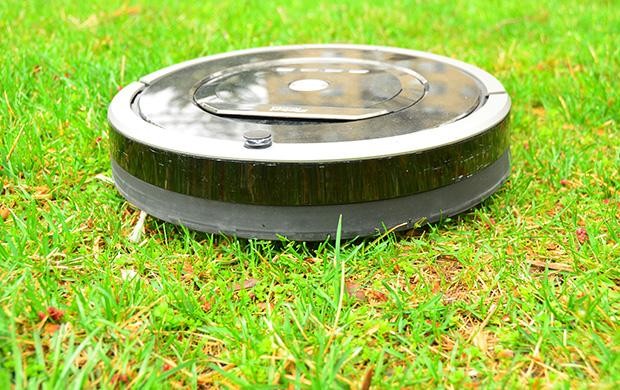It turns out lawnmowers can annoy more than neighbors. The Roomba Lawnmower from iRobot is creating a major disturbance with satellite antennas. Angry Astronomers have filed an official complaint with the Federal Communications Commission (FCC) about the bandwidth they use.
The dispute started in February, when iRobot submitted a waiver request to the FCC, seeking approval to receive bandwidth for its Roomba, according to Wired. It requested the exception because it is not creating a wide communications network.
The National Radio Astronomy Observatory (NRAO) has filed an official complaint with the FCC regarding iRobot's waiver request. It argues that it the Roomba mowers are negatively affecting the operation of huge radio antennas.
NRAO explains that stars give off methanol at the frequency of 6.66852 gigahertz (GHz). That is the frequency that NRAO's antennas use to track events in outer space.
Meanwhile, the iRobot mowers use a frequency that ranges from 6.65 GHz to 6.6752 GHz, according to The Next Digit. While it barely overlaps the NRAO's frequency, it is still in the same range.
iRobot has countered that 10 of NRAO's 13 radio antennas are in very remote regions where lawnmowers are not used. Also, thick foliage and livestock surround the other antennas, which would absorb the lawnmowers' radiation.
The Roomba manufacturer has proposed including a note in its user manual limiting the Roomba's use to "residential areas." However, Harvey Liszt, a NRAO manager argues that this would not prevent the mower's users from using it in areas "near" the telescopes.
The FCC will settle the dispute by judging if Mars or mowers should take priority.



























